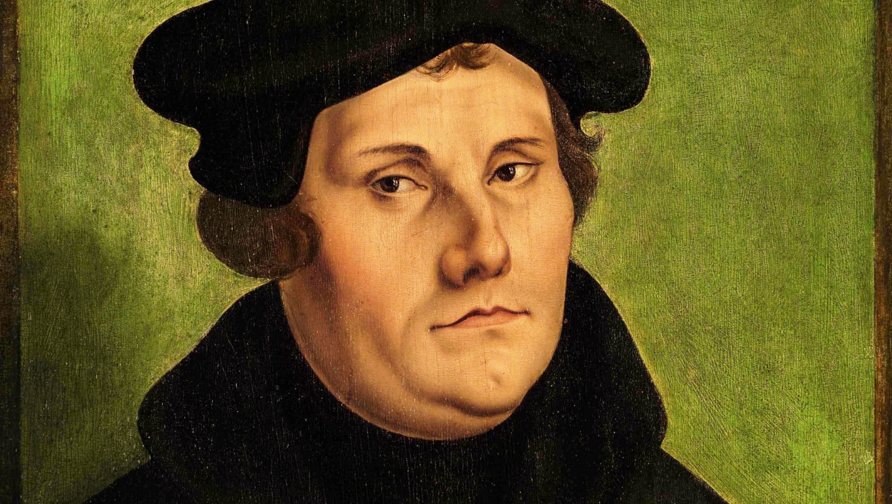Robert Frost Mending Wall A Theopoetic Interpretation - Rev. Dr. David Bell
- Abhishek Solomon
- Dec 10, 2020
- 2 min read
Robert Frost Mending Wall A Theopoetic Interpretation is a project involving printmaking, performance music, narration, design and typography. The printmaking has been crafted for older children and early teens interested in exploring how to make shapes using designs from church windows. There are two more interpretations on the website https://kiwiconnexion.nz/view/view.ph...
“Mending Wall,” by the American poet Robert Frost, was first published in 1914 in his second collection of poetry, North of Boston. Its literary success established his career. It came back to prominence just prior to the Cuban missile crisis when Frost was sent by John F Kennedy on a diplomacy mission to the USSR. Then again in 2016 as a counter to the ‘build that wall’ tactic of the Trump presidential campaign. It is one of those rare poems which can be found in countless anthologies, hence read and appreciated by generation upon generation the world over. Frost wrote in the plain speech of New England farmers. Yet, the cadences pulse with deeper, darker themes, paradoxes inherent in all human relationships.
There is on the surface a light-hearted playfulness between the two characters, but underneath a serious and uncomprehending suspicion. Frost draws out elemental, archetypal confrontations. We must behave decently, to build-up relationship with and for our neighbour. Yes, but there is more to it. Is the annual act of rebuilding a fallen stone wall, brought down by the march of the seasons, and other more direct human interventions, truly an act of generosity of spirit, a building of goodwill or—quite the opposite—an insistent act of primitive and crude separation, an exclusion of the neighbour, to keep him out, as if an enemy? These are, of course, essential Gospel themes.
In terms of printmaking I interpreted the poem as a sequence of images drawn from C G Jung’s symbols of the psyche. Its overall pattern is seen through the lens of a church window. This occurs close the end of the sequence. The functions of the personality play out on the fields in which Frost sets his characters. Some of the electro-etched copper plates have been deliberately used as images in themselves. As I see it, doing the craft of theology means the image cannot be separated from the image-maker, while in printmaking, the whenua plate and its prints are similarly bound together.




Comments